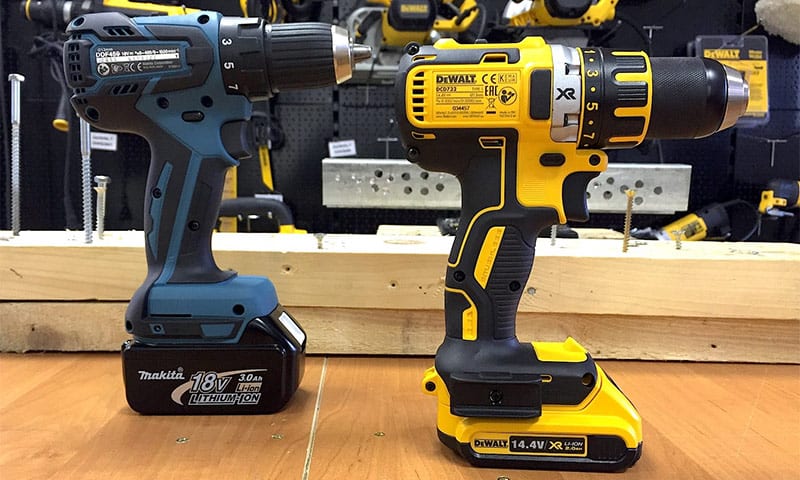We decided to arrange a repair, but you can’t decide which tool should be chosen for your tasks? Need to drill a hole in the wall, but just a punch at hand? Well, if you do not have a screwdriver, but there is a hammer drill, you can very well use it. And in what cases, we will tell you.

When a hammer can replace a screwdriver
In general, the functions of these two tools are similar to each other. A screwdriver is perfect if you need to drill a hole in materials such as brick, concrete, wood or plastic. They can also screw or unscrew the screws and, therefore, screws. In this case, to drill a very hard material, you need to make considerable efforts. Depreciation and a high degree of return are also disadvantages.
The punch has no such problems. It will last longer than a hammer drill, and its power is much higher. The main difference between these tools is that for the punch, the main function is precisely the impact, while for the drill - drilling. And if you turn off the drilling function in it, then the tool turns into a jackhammer. In this mode, it is very convenient to break or dismantle something.
A puncher is much more convenient when you need to punch a hole in a superhard material. For example, in reinforced concrete. Also, this tool provides for the use of different options for chisels. This is very convenient when you need to break a small form into a stone or concrete.
Is it possible to refuse the presence of a screwdriver at all if there is a hammer drill
The punch has many advantages over a screwdriver. However, this does not mean that an impact drill must be discarded. If you don’t have it at hand, then the puncher may well become a replacement, but it all depends on the goals and objectives that you set for yourself.

It is also worth considering the type of material with which you plan to work. For example, it is recommended to work with wood and metal only with a screwdriver. If the material is not heavy-duty and hard, you can very well use it. There is a drill many times lower than a hammer drill, and this is also its advantage.
In other cases, it is worth turning for help to the punch. Indeed, if a screwdriver is suitable for simple tasks, then its capacity is not enough for more complex tasks. However, to perform any easy functions, you can use a punch. If this does not violate the operating instructions.
Tips for using a rotary hammer instead of a screwdriver
First of all, keep in mind that the hammer has no ratchet (torque adjustment), and its power is large. Due to this, he will screw the self-tapping screw until you stop it yourself. And even after stopping, it works by inertia, which is also important to consider.
Which tips should be followed:
- The puncher is not a screwdriver. It is not intended for screwing in screws and needs additional nozzles.
- Soft surfaces should be careful. The tool is designed for very hard materials, and when working with soft materials it will be difficult for you to control it. As a result, self-tapping screws simply sell them.
- When working with hardwood, difficulties can also arise. Due to the power of the punch, it will be quite difficult to screw in the slots of the screws and the bits can simply “slip”.
As a result, in some situations, a punch can completely replace a screwdriver. But to completely abandon the drill will not work, because each of these tools is designed to solve specific problems.
